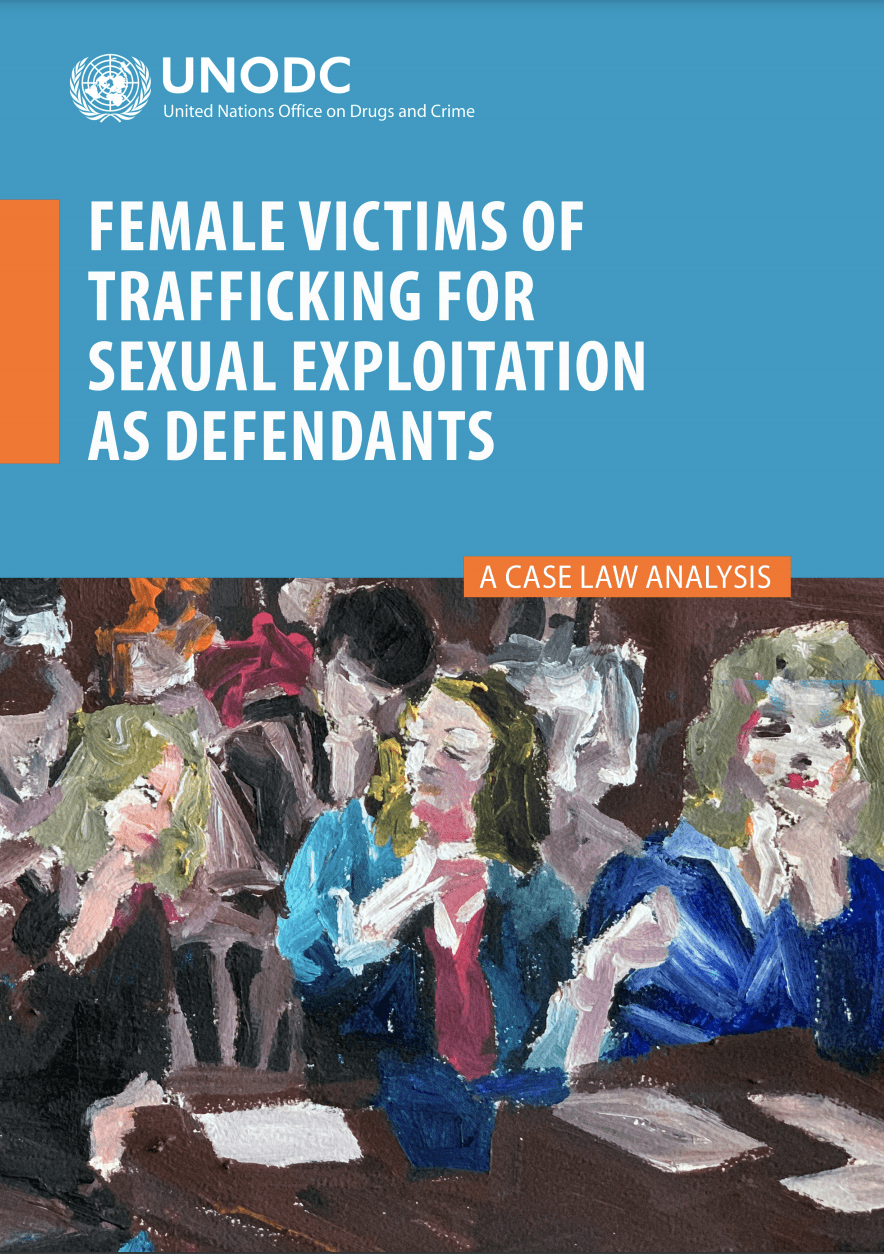
Female Victims of Trafficking for Sexual Exploitation as Defendants
I. Introduction
In recent years, data collected by UNODC has consistently indicated the over-representation of women and girls both as victims and perpetrators of trafficking for sexual exploitation. In particular, UNODC’s Global Reports on Trafficking in Persons (“GLOTIP Report” hereinafter) demonstrate that the percentage of females involved in trafficking offences, compared to other areas of crime,1 has been high. While there is some variation across the stages of the criminal justice process, from investigation (in 2016, 69% male and 31% female), prosecution (in 2016, 65% male and 35% female), to conviction (in 2016, 62% male and 38% female),2 these percentages are consistently above 30%. On this background, this report contains the key findings of qualitative research on case law concerning female victim-defendants of trafficking for the purpose of sexual exploitation. Based on examination of judicial decisions, it provides insight into the specific roles of victim-defendants in trafficking enterprises and their relationships with the principal traffickers. It also highlights ways in which victims of trafficking become criminal defendants, including their motives for participation in criminal activity. In addition, the report analyses the application of the elements of the crime of human trafficking for the purpose of sexual exploitation in this context, the application of the non-punishment principle, and sentencing practices. It draws primarily on case law, contextualised by relevant literature and international standards. It should be stressed that the findings of this report are not representative of global practice, due both to its limited geographical scope and the number of cases examined. They do, however, provide important insight into the phenomenon of female victim-defendants of trafficking for the purpose of sexual exploitation. The report identifies significant challenges for criminal justice actors in ensuring the right to protection for victims of human trafficking
Read the entire case analysis here.
Lea el análisis de caso en español aquí.
